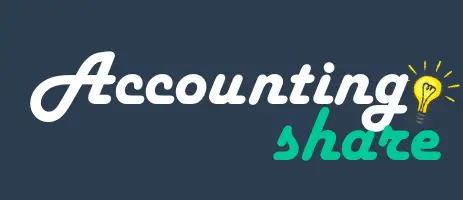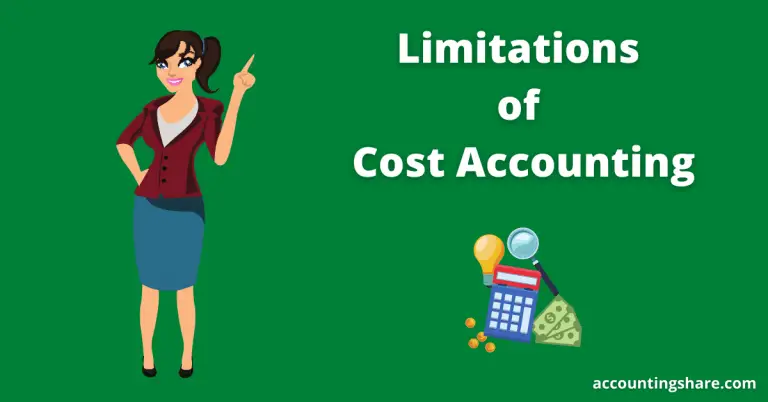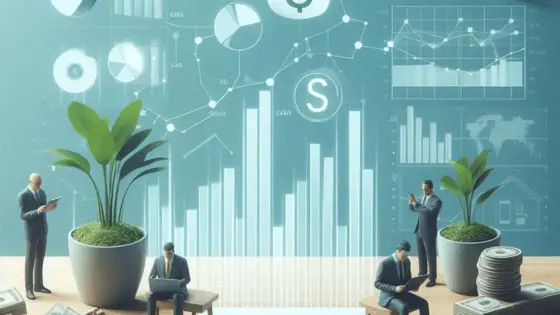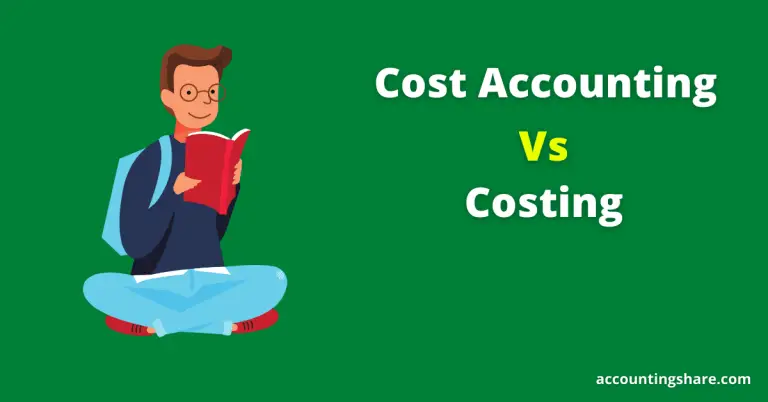Cost Accounting Evolution [Notes with PDF]
In this article, we’re going to learn about cost accounting evolution. We will learn how the cost accounting system was in its early stages, how it has evolved and reached its current stage, which drivers actually work to develop the cost accounting system, what the most recent developments in the cost accounting system are, and much more.
So let’s get started.
Stages of Cost Accounting Evolution
Accounting has a long history that predates civilization. It is the process of identifying, evaluating, documenting, and transferring economic information that can be expressed in monetary terms. Accounting data is useful because it can be used to make decisions with less uncertainty. The data must be accurate, verifiable, quantifiable, and lacking in bias.
Prior to the industrial revolution, businesses were small and characterized by straightforward market transactions between individuals and organizations. Although cost accounting was not as necessary then, accurate bookkeeping was still necessary.
As early as the 14th century, several cost accounting principles were discovered in the application. But after the factory system emerged as a result of the industrial revolution in England in the 18th century, the actual progress happened.
Due to the advent of huge business companies at the time, such as large cotton and textile mills, iron and steel works, railroads, etc., cost accounting was practiced.
To calculate the direct labor and overhead costs of transforming raw materials (RM) into finished yarn and fabric, textile companies used cost accounts.
Cost information became more important as a tool for assessing the effectiveness of various processes during this time because there was a lack of a market for intermediary products.
However, some industrialists began utilizing the idea of prime cost around 1875. Complex product designs and multi-faceted, diversified corporations like Du Pont, General Motors, etc., emerged during the years 1880 AD–1925 AD.
Because of the development of scientific management during this time, accountants were able to transform physical standards into cost standards, which were then used for variance analysis and control.
The book “Cost Accounting Theory and Practice” was published by J.L. Nicholson in New York in 1913.
The social significance of cost accounting increased along with the growth in a nation’s defense spending during World Wars I and II.
In the absence of competitive markets for the majority of the items needed to fight the war, the governments of several nations entered into cost-plus contracts, where the price to be paid was the cost of production plus an agreed-upon rate of profit.
After World War II, the parties to defense contracts continued to rely on cost information. Even now, cost-plus pricing is still used to determine most government contracts.
After 1945, cost accounting continued to advance as a result of the need for data in future planning. Cost-control methods have only recently been developed. Cost audit has also developed into a branch and is growing,
In the 1950s and 1960s, researchers in the field of cost accounting focused on costs that were important for making decisions.
In 1985, the authors G. Miller and T.E. Vollmann wrote an article titled “The Hidden Theory” that discussed transaction-based costing.
As a result, the development of cost accounting has been a natural progression due to the growing demand for organizational information that traditional financial accounting systems are unable to meet.
Primary Drivers Behind The Cost Accounting Evolution
The following factors can be listed as the primary drivers behind the development of the cost accounting system:
- To provide cost information broken down by product or service that was missing from financial accounting.
- To support the most crucial business activities, such as setting prices, lowering prices during a recession, creating marketing strategies, etc.
- To provide data for controlling various cost factors, cost reduction, waste elimination, efficiency level measurement, etc.
- When making decisions about a variety of issues, such as closing a unit that appears to be losing money, introducing a new product or product mix, engaging in market dumping abroad, etc., cost accounting can help the management make the right choices.
- Using standard costing, to compare actual results with the expected ones in order to assess the effectiveness of a given cost unit and to take the necessary action to eliminate or reduce variances.
Cost Accounting’s Most Recent Developments
Following the introduction of automation into the manufacturing process and cost management advancements, some recent developments in cost accounting include the following:
- Flexible manufacturing systems
- Total quality management.
- Value added activities
- Just-in-time
- Pull rather than a push system.
- Activity-based management
- Balanced scorecard
- Life-cycle costing
- Target costing
I hope by the end of this article you have a clear understanding of the cost accounting evolution.
If you have any questions or want to learn more about cost accounting evolution, please leave a comment.
You can also read:







